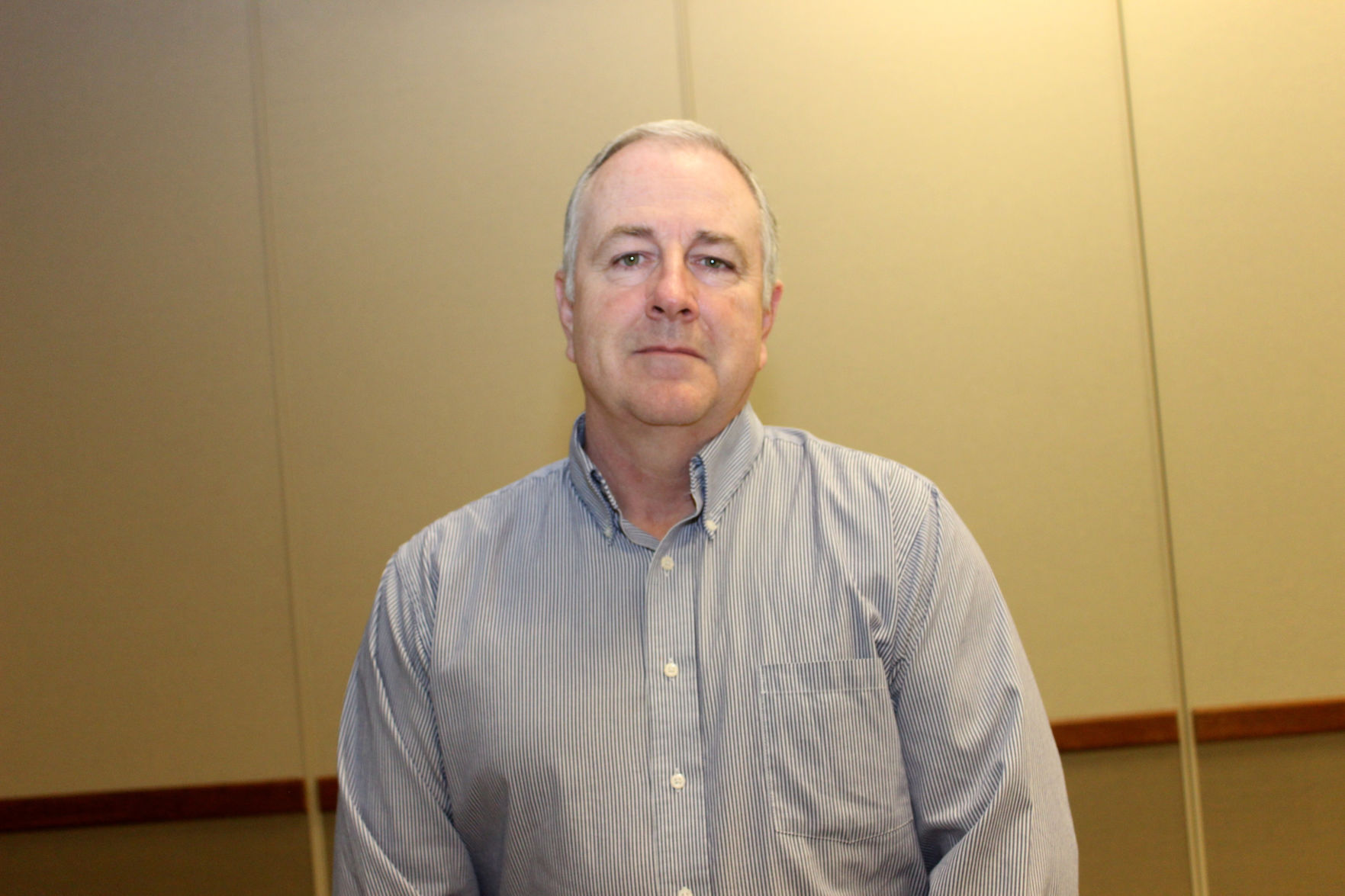Palmer Amaranth (Amaranthus Palmeri) is spreading rapidly throughout the Midwest and plains of the United States. Palmer Amaranth is also called: Palmer Pigweed, Palmer, Dioecious Amaranth and Devil Weed by many of my growers.
Originally found in the southwestern United States and northern Mexico, glyphosate resistant Palmer Amaranth spread to the Southeast U.S. and wreaked havoc with cotton and soybean fields in that area. It didn’t take long before Palmer spread through Arkansas and Missouri and into the Corn Belt, limiting yields along the way. The plant once raised and eaten by native Americans because of its nutritional value it is now considered one of the most—if not the most—dreaded weeds in the U.S. Its spread across the nation is due to pollen drift, animals and farm equipment.
Keys to identifying Palmer are to look for these tell-tale physical features. The first is noting that the petiole is always longer than the leaf blade. This is true on the more mature leaves. The second feature to look for is the lack of hair on the stem, petiole or leaf. Redroot and smooth pigweed will have hair.
From above the plant has a rosette appearance, which none of the other pigweed species have. If the plant has a whitish gray watermark on the leaves or it has a single hair on the leaf tip then it is Palmer. Not all Palmer Amaranth have these two features but if it does, then it is Palmer Amaranth.
The easiest avenue to eliminate Palmer Amaranth is to not let the weed emerge. Palmer is extremely tough to kill and is resistant to glyphosate and in most cases the HPPD and ALS chemistries as well. Glyphosate resistant Palmer Amaranth is found in over 26 states.
Controlling this weed is extremely difficult, so you must stay ahead of it. You can accomplish this by using a strong pre-emerge program and a timely post-emerge program along with another application of a residual herbicide. This program is commonly called layering herbicides.
Most chemicals that are labeled for Palmer control are labeled up to four inches on Palmer Amaranth including Engenia, Xtendimaxx, Fexapan and Cobra so be timely when treating. Palmer Amaranth can grow up to 1-inch per day in ideal conditions when less than 5 inches in height and up to 2-inches per day when taller.
The timing of post applications are very critical and is easiest before it emerges. Palmer Amaranth sprouts and emerges better in shallower situations, such as an inch or less. Today’s move to no-till has enhanced the ability of the Palmer to survive and emerge.
Deep tillage, such as plowing, is a great way to eliminate the survivability of the Palmer seeds since the average viability of a seed is just five years. Although deep tillage will assist in Palmer Amaranth control, it does neutralize the soil structure improvements that you have been working for by incorporating a no-till system on your farm.
Eliminating emergence is the key to Palmer Amaranth control. This can be achieved by using residual herbicides in a layering process. The most common way to accomplish this is to add a residual herbicide to your post-emerge product.
This should give you in the neighborhood of three extra weeks of control until you crop canopy can assume the responsibility of limiting sunlight hitting the ground. In most instances, Palmer Amaranth emergence ceases when 80 percent of the sunlight hitting the ground is deflected by plant material, so a quicker canopy is essential to weed control. The most consistent control of Palmer Amaranth that I have witnessed are Fierce XLT, Zidua and Anthem Maxx. All three of these chemicals contain the active ingredient pyroxasulfone, which in my opinion is the premier ingredient on the market for Palmer control.
If there are escapes, Dicamba products are the first choice for me on corn and soybeans. This is troubling because using Dicamba products (however different they are, and noting some having other chemistries tank mixed) is still a recipe for resistance. We, as an industry, must be stewards with all of these products so we don’t find ourselves in a serious situation with no options.
Clark Poppert is a technical service agronomist with Servi-Tech. He lives in Geneva, Nebraska.


